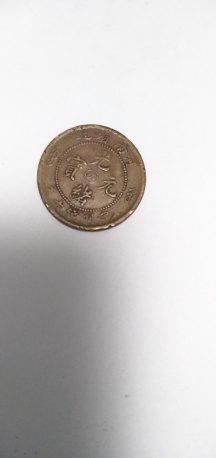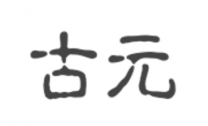河南省造光绪元宝
- 编 号:795678
- 销售状态:待售(不可在线交易)
- 库 存: 1
- 售 价:议价
(平台服务时间:周一到周五 9:00-17:00)
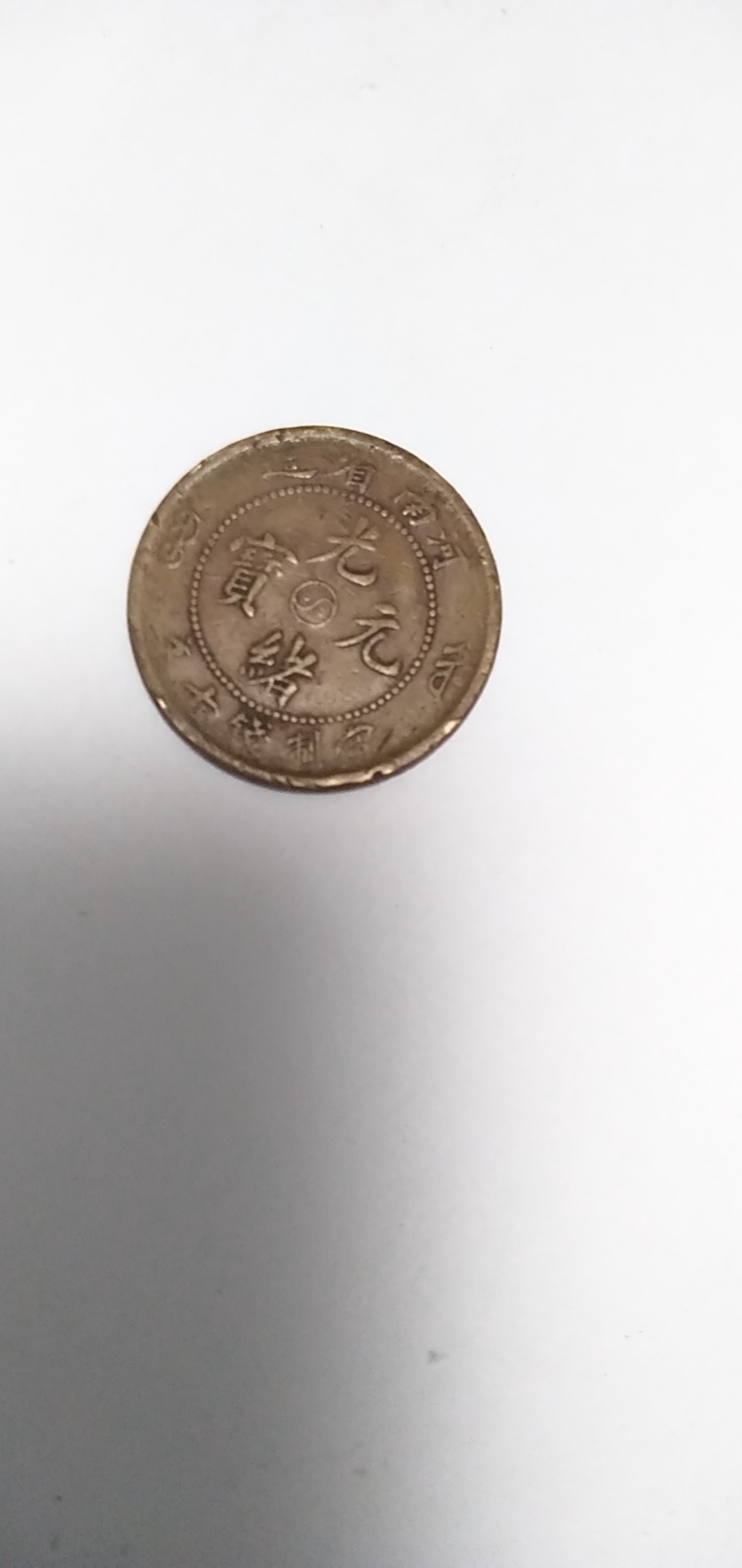
- 资质:
- 评分:
1分 2分 3分 4分 5分 6分 7分 8分 9分 10分 7分
- 印象:
- 经营时间:5年
- 展厅面积:300平米
- 地 区:上海-徐汇-其他
| 创作年代 | |||||
|---|---|---|---|---|---|
| 作品分类 | 金属器- 铜器-古代钱币 | 品相 | 有瑕疵 | 年代 | 清 |
| 材质 | 铜 | ||||
| 作品标签 | |||||
| 适用空间 | |||||
作品介绍
河南铜元始铸于光绪三十年。是年,河南巡抚陈夔龙奏准在开封设铜元局。光绪三十二年,开封铜元局改名为度支部造币汴厂,至光绪三十三年,月造额达48万枚。后清政府限制铸额,规定河南月造铜元30万枚。至光绪三十四年二月,河南造币厂共造十文铜元2.3亿枚。民国初年,控制河南的军阀督抚为支付巨额的军政开支,铜元铸造数额骤增。民国二十年(1931年),河南铜元局改名机器制造局,至民国二十二年秋,因铜源断绝,造币机构被撤销。 钱币虽小,也可管窥当时社会文化一斑。藏品虽经历了无穷岁月,但纹路依然清晰可见,也见证了其历史的积淀,具有非常明显的历史过渡性特征,有着难以言喻的价值。 藏品正面圈内铸有铭文“光绪元宝”,珠圈外上环铸楷体“河南省造”四字,底部铸货币价值:“当制钱十文”,中心为太极图。元宝背面内圈铸有神龙腾飞图腾,外圈铸有英文,品相精致,其审美风格独特。 其中,有太极图案的铜元“光绪元宝”铸于光绪三十年至宣统元年(1904~1909年)。这种铜元正面有“河南省造”、“光绪元宝”、“当制钱十文”等铭文,中有太极图。背有”HO-NAN(河南)、“TEN CASH”(十文)等文,中有龙图。龙图分水龙、旱龙、八星水龙、大清龙等。清代,以龙图为铜元的主要图案的情形十分普遍,但以太极图为铜元的图案,则显得少见而具有鲜明的地方特色。 藏品铸工精美,品相较好,铜币包浆入骨,流通痕迹自然,边齿对,具有极高的投资价值和收藏价值。它有着历史熏陶,是价值很高的革命文物,具有深远的历史纪念意义;同时,还是考古和研究中国历史文化难得的实物。 Tongyuan in Henan Province was first cast in the thirtieth year of Guangxu. In that year, Chen kuilong, governor of Henan Province, set up Tongyuan Bureau in Kaifeng. In the thirty second year of Guangxu, Kaifeng copper yuan Bureau was renamed as bianchang mint of Du branch. In the thirty third year of Guangxu, the monthly production reached 480000 pieces. After the Qing Dynasty, the government restricted the amount of copper casting and stipulated that 300000 pieces of copper should be made in Henan Province every month. In February of the 34th year of Guangxu, Henan Mint produced 230 million pieces of ten Wen copper. In the early years of the Republic of China, in order to pay huge military and political expenses, the amount of copper yuan casting increased rapidly. In the 20th year of the Republic of China (1931), Henan Tongyuan Bureau changed its name to machinery manufacturing Bureau. In the autumn of the 22nd year of the Republic of China, the Mint was cancelled because the copper source was cut off. Although the coin is small, it can also have a glimpse of the social culture at that time. Although the collection has gone through endless years, the lines are still clearly visible, and also witness the accumulation of its history. It has very obvious historical transitional characteristics, and has inexpressible value. The front circle of the collection is engraved with the inscription "Guangxu Yuanbao", the upper circle of the Pearl circle is engraved with the four characters "made in Henan Province" in regular script, and the bottom circle is engraved with the currency value: "when making money, ten characters", and the center is Taiji diagram. On the back of Yuanbao, the inner ring is cast with dragon flying totem, and the outer ring is cast with English, which is exquisite in appearance and unique in aesthetic style. Among them, Tongyuan "Guangxu Yuanbao" with Taiji pattern was cast from the thirtieth year of Guangxu to the first year of Xuantong (1904-1909). There are inscriptions on the obverse of the copper yuan, such as "made in Henan Province", "Guangxu Yuanbao", "Dang Qian Shi Wen" and so on, including Taiji diagram. There are "ho-nan (Henan)," ten cash "(ten articles) and other articles on the back, with the Dragon diagram in it. Longtu is divided into Shuilong, Hanlong, baxingshuilong, daqinglong, etc. In Qing Dynasty, it was very common to take the Dragon Figure as the main pattern of copper yuan, but taking the Taiji Figure as the pattern of copper yuan appeared rare and had distinct local characteristics. The collection is exquisite in craftsmanship and good in appearance. The copper coins are encased into the bone, with natural circulation traces and pair of teeth. It has high investment value and collection value. It has historical edification, is a revolutionary cultural relic of high value, has far-reaching historical significance; at the same time, it is a rare object for Archaeology and research of Chinese history and culture.

 黄琦
黄琦 贾平西
贾平西 测试用艺术
测试用艺术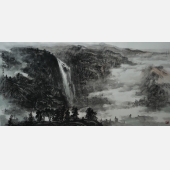 胡江
胡江 庞明璇
庞明璇 未知
未知 张大千
张大千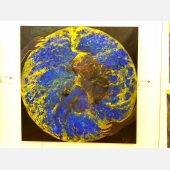 郑霞娟
郑霞娟